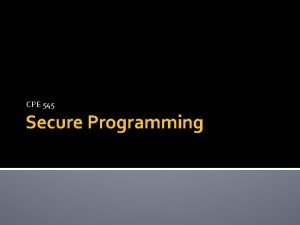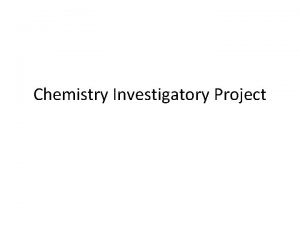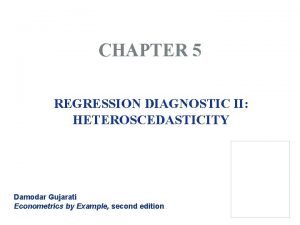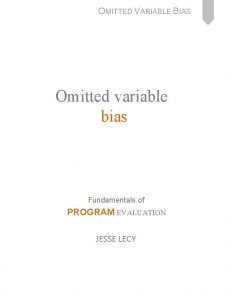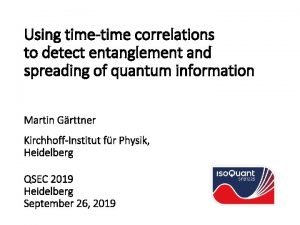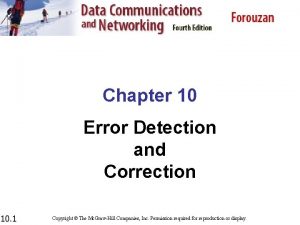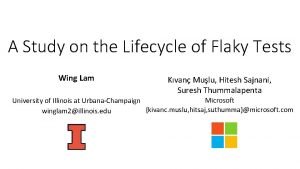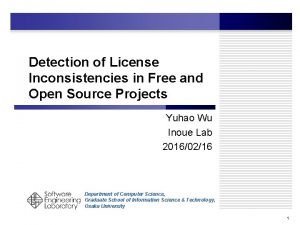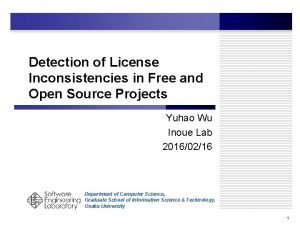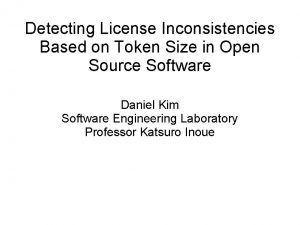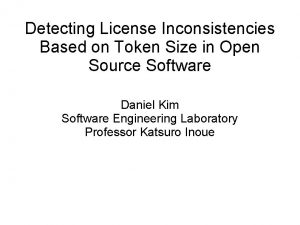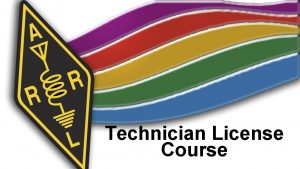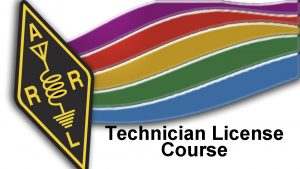A Method to Detect License Inconsistencies for Large












- Slides: 12

A Method to Detect License Inconsistencies for Large. Scale Open Source Projects Yuhao Wu 1, Yuki Manabe 2, Tetsuya Kanda 1, Daniel M. German 3, Katsuro Inoue 1 1 Osaka University, Japan 3 University of Victoria, Canada 2 Kumamoto Department of Computer Science, Graduate School of Information Science & Technology, Osaka University 1

Open Source Software License • A legal instrument governing the use or redistribution of software, usually put in the header of a source file • GPLv 3+ This program is free software: you can redistribute it and/or modify it under the terms of the GNU General Public License as published by the Free Software Foundation, either version 3 of the License, or (at your option) any later version. … • Generally not allowed to be modified, removed or changed without copyright owner’s permission • MIT … The above copyright notice and this permission notice shall be included in all copies or substantial portions of the Software. Department of Computer Science, Graduate School of Information Science & Technology, Osaka University 2

Motivation • Files with same contents under different licenses – License A <==> License B – License C <==> No license • Definition of License Inconsistency – Two source files that evolved from the same provenance contain different licenses License inconsistency indicates potential license violation problems Department of Computer Science, Graduate School of Information Science & Technology, Osaka University 3

Problem • No research has been done to address these questions: – RQ 1: How many types of license inconsistency are there? – RQ 2: Do they exist in large open source products? – RQ 3: What is the proportion of each type of license inconsistency? – RQ 4: What caused these license inconsistencies? Are they legal? Department of Computer Science, Graduate School of Information Science & Technology, Osaka University 4

Approach Overview Distribution Project 1 Project 2 Project 3 … j Select files that have the same file name k Group semantically identical files using CCFinder[1] a. cpp_0 l Detect the license of each file in each group using Ninka[2] m Calculate metrics for the groups that contain license inconsistencies … b. java … a. cpp_1 File name #Licenses None Unknown a. cpp_0 2 5 0 a. cpp_1 2 2 0 … [1] T. Kamiya, S. Kusumoto, and K. Inoue, “CCFinder: A multilinguistic token-based code clone detection system for large scale source code, ” IEEE Transactions on Software Engineering, vol. 28, no. 7, pp. 654– 670, 2002. [2] D. M. German, Y. Manabe, and K. Inoue, “A sentence-matching method for automatic license identification of source code files, ” in Proceedings of the of 25 th International Conference Automated Software Engineering (ASE 2010), 2010, pp. 437– 446. 5 Department Computer Science, Graduate on School of Information Science & Technology, Osaka University

Empirical Study • Goal – To reveal the characteristics of license inconsistency in a large open source software Characteristics Number • Target: – Debian 7. 5 • Categorization – LAR: License Addition or Removal – LUD: License Upgrade or Downgrade Inconsistency type – LC: License Change Projects 17, 160 Total files 6, 136, 637 . c files 472, 861 . cpp files 224, 267 . java files 365, 213 Number Perc. LC 5, 272 98. 4% LUD 2, 350 43. 9% LAR 1, 500 28. 0% Department of Computer Science, Graduate School of Information Science & Technology, Osaka University 6

Answers to RQ 1 -3 • RQ 1: How many types of license inconsistency are there in the target distribution? – 3 types: LAR, LUD and LC • RQ 2: Do they exist in large open source projects? – Yes, they exist in Debian 7. 5 • RQ 3: What is the proportion of each type of license inconsistency? – LAR (28. 0%), LUD (43. 9%) and LC (98. 4%) Department of Computer Science, Graduate School of Information Science & Technology, Osaka University 7

Manual Analysis • To determine the reason and safety of each license inconsistency (RQ 4): 1. Find the repository of each related project 2. Check the license evolution of the files 3. Find out when and why the license is modified 4. Determine whether the license modification is legally safe or not Department of Computer Science, Graduate School of Information Science & Technology, Osaka University 8

Example of license change Tag. Library. Info. java Apachev 1. 1 tomcat 6 • Tools to maintain the licenses • Discussed with Apache people and changed to combined licenses tomcat • Validating the license by file basis is 5. 5. x complicated and expensive Apachev 2 CDDL Multiple: CDDL, GPLv 2 or Apachev 2 glassfish Debian 7. 5 Department of Computer Science, Graduate School of Information Science & Technology, Osaka University 9

Example of license inconsistencies • Other safe examples – Original file is multi-licensed, which means the developer can choose either license from them and remove the others. – Original file is under a permissive license, developers added another compatible license to it. • A suspicious example – Developers reused a file licensed under BSD 3, but they changed the license to GPLv 2 and also modified the copyright owner, which is not allowed in the original license. Department of Computer Science, Graduate School of Information Science & Technology, Osaka University 10

Answer to RQ 4 • RQ 4: What caused these license inconsistencies? Are there potentially illegal license modifications? – i) Original author modified/upgraded the license; – ii) The file was originally multi-licensed and reusers chose either one; – iii) Reuser added one or more compatible licenses; – iv) Reuser replaced the original license, and changed the copyright owner. Among them, the last type of license modification is unsafe. Department of Computer Science, Graduate School of Information Science & Technology, Osaka University 11

Conclusion • An efficient method is proposed to detect license inconsistencies in open source projects • An exploratory study is done to investigate the license violation problems • Challenges of license maintenance are revealed • Future work – Apply this method to more projects to detect more patterns – Develop a (semi-)automatic method to identify whether the license changes are legal or not. Department of Computer Science, Graduate School of Information Science & Technology, Osaka University 12
 Event 4672
Event 4672 Osmium jewellery
Osmium jewellery How to detect heteroscedasticity
How to detect heteroscedasticity Stack based overflow
Stack based overflow To detect the presence of adulterants in sugar project
To detect the presence of adulterants in sugar project Assumptions of clrm gujarati
Assumptions of clrm gujarati Detect protect perfect
Detect protect perfect Omitted variable bias
Omitted variable bias Detect hex color from image
Detect hex color from image Martin gärttner
Martin gärttner Detect bad neighbor vulnerability
Detect bad neighbor vulnerability Simple parity check code
Simple parity check code How to detect flaky tests
How to detect flaky tests



